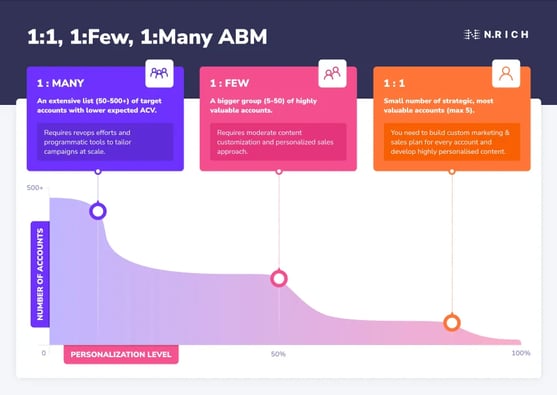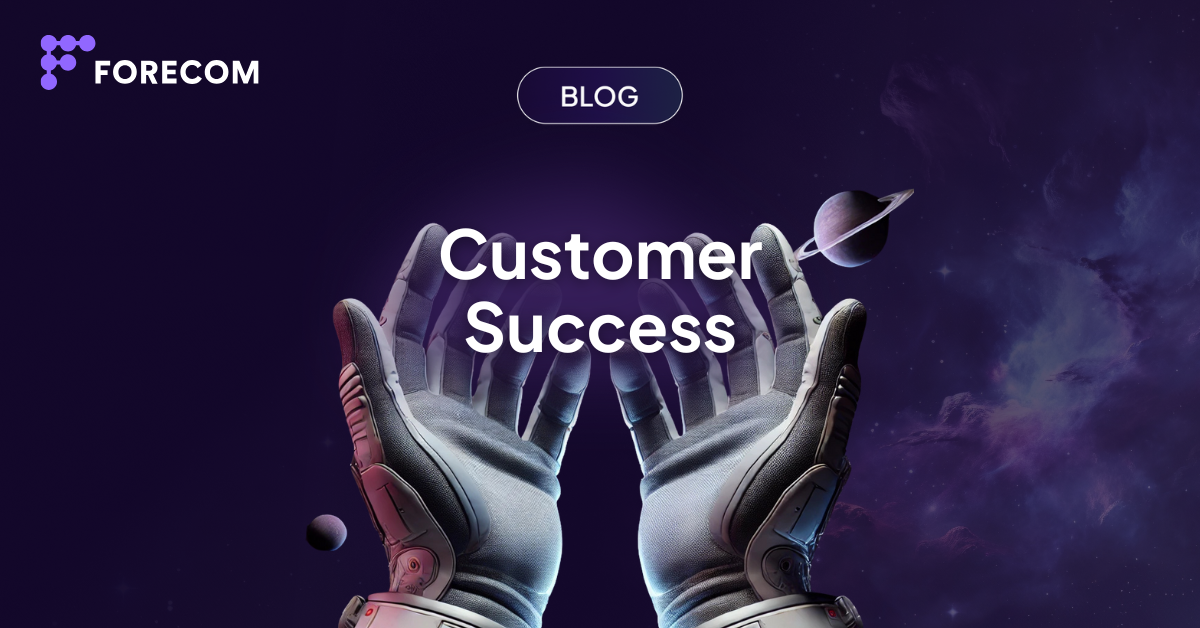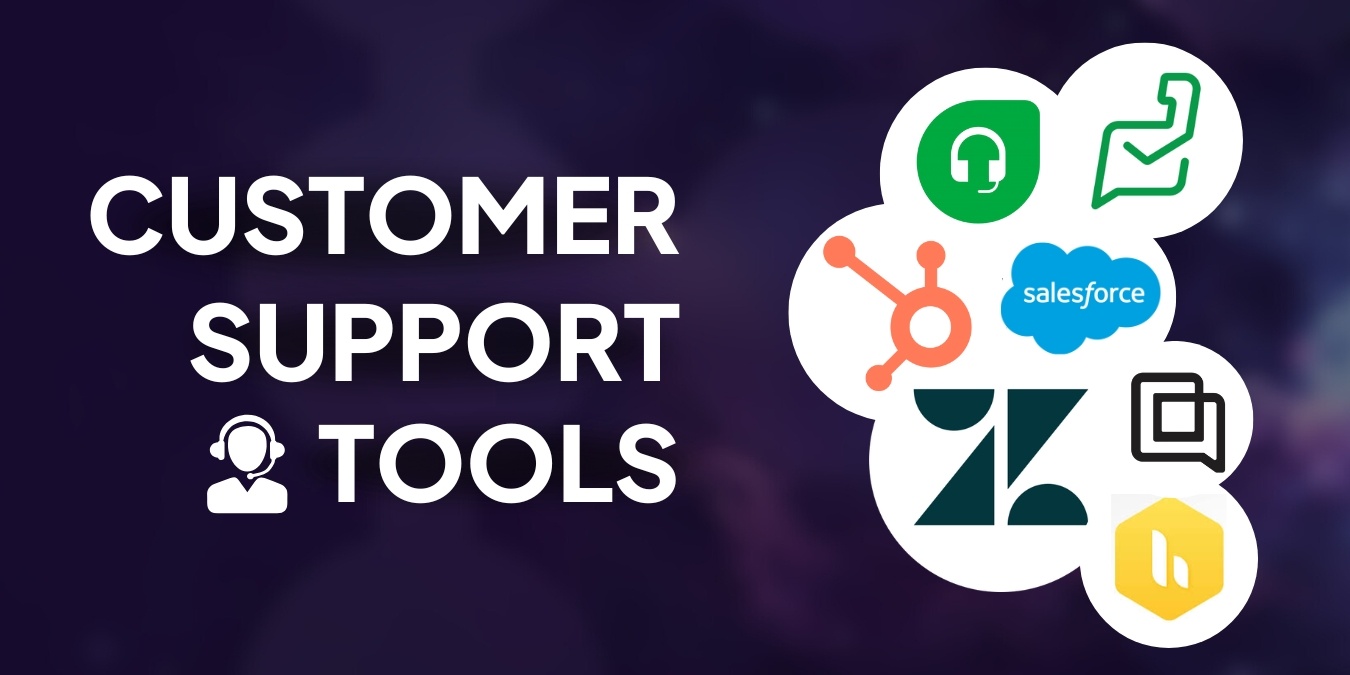This article will give you a detailed overview of how to implement this type of marketing in your company. We'll also discuss the prerequisites for implementing ABM, the steps to take when implementing it, and how to measure its effectiveness.
Content
How to Get Started With an ABM Strategy in Your Company
Case Study in Aerospace Manufacturing Company
Introduction
Account-Based Marketing (ABM) is an effective strategy that enables companies to increase their customer acquisition and retention rates. By targeting individual accounts, companies can create highly personalized campaigns that can resonate with specific target audiences.
However, if this type of marketing is new to you, we recommend reading our article Account-Based Marketing: A New Era of Marketing first.
How to Get Started With an ABM Strategy in Your Company
Account-Based Marketing can be of several types. However, for each of them, the following steps are necessary for its successful implementation in your company:
Collecting Data About the Customers You Want to Target
The first part of establishing an effective Account-Based Marketing campaign requires identifying your ideal customers.
To do this, you need to carefully consider the needs and wants of all your potential customers - that is, take into account factors such as size, industry, or location to determine which companies best match your ideal customers.
Target customers can be identified by researching both your potential customers and business partners, or even other entities that may be 'beneficial' to you in some way. In doing so, it is important to consider which accounts would be most receptive to your message, and to seek out those customers who have similar interests and needs. Last but not least, you can also monitor customer profiles, the latest industry trends or analyze competitors.
A range of tools can be used to identify target accounts. These include customer relationship management (CRM) systems such as Salesforce, data analytics tools (Tableau), marketing automation platforms (Marketo), and plenty of other marketing software.
In addition, you can also use social media listening tools (Hootsuite) to monitor conversations about your industry or competitors, as well as keyword search tools (Moz). Last but not least, you can also use sales intelligence tools (Apollo.io), which our article can help you choose.
The easiest option to identify your target accounts, then, is to use the old familiar Google. For example, if you're targeting businesses that sell jewelry, typing "jewelry store chains" into a search engine will give you a good list of brands to target to begin with.
.png?width=590&height=289&name=Sn%C3%ADmek%20obrazovky%202023-02-27%20110017%20(1).png)
Sorting of Acquired Data
Correctly categorising data on identified accounts is essential to ensure effective data management.
The tiers may vary depending on the type of account and any special requirements associated with it, but in general they all fall into two categories: essential and supplementary.
Essential data includes the most important account information such as contact details, payment details, account credentials and other confidential information. These should have the highest priority when sorting data.
Supplemental data may include preferred products, social media activity, and other less important data about the contact. However, it is important to be mindful of privacy when sorting through the data collected.
If you already have all the data available about your leads, you need to assign them a value. This activity uses lead scoring, which is assigning a score to each lead based on the likelihood of them becoming a paying customer.
The score is usually based on a combination of necessary and supplementary data. For example, if a lead has visited your website several times and downloaded a whitepaper, they may be assigned a higher score than a lead who only opened one email.
This allows your sales team to prioritize their outreach efforts and target leads with the highest conversion potential.
We will look at what such lead scoring can look like in the following table:
|
Lead Criteria |
Points |
|
Job title: CFO |
+10 |
|
Job title: Controller |
+5 |
|
Company size: 500+ |
+10 |
|
Company size: 100-499 |
+5 |
|
Visit to pricing page |
+5 |
|
Request a demo form |
+5 |
|
Email opened |
+3 |
|
Email link click |
+5 |
|
Website form fill |
+10 |
|
Social media like or share on |
+1 |
Using this scoring system, a potential customer's score can be calculated by adding up the points for each criterion they meet. For example, a CFO of a company with over 500 employees who visited the pricing page and filled out the demo request form would score 30 points (10 + 10 + 5 + 5).
Evaluation of Identified Contacts
As part of any Account Based Marketing program, it is key to identify the roles and functions of ideal leads, determine which ones should be prioritized, and then locate these contacts within the organization, which can be done using social networking sites such as Linkedin and its Sales Navigator.
Of these contacts, C-level executives such as CEOs and CFOs are often the highest level, as they are typically responsible for making important purchasing decisions.
You can also reach out to COOs or CIOs who are responsible for implementing various solutions. Although these individuals often do not have decision-making authority, early support from these individuals can be critical for large-scale purchases.
Finally, since ABM involves personalized campaigns, it's important not to forget about other team members, as they can provide important insights to a company's leadership about sales processes as well as areas where there may be needs that need to be addressed - this can lead to uncovering potential opportunities that management might otherwise overlook.
Creating Content for Your Target Customers
When it comes to creating content to reach your target contacts, there are a few key strategies to follow.
The first is to focus on personalization; instead of sending out large batches of emails or posts without personalizing them, tailor them to each contact's specific interests.

Beyond that, always try to prioritize quality over quantity. Put effort into creating valuable content that will relate directly to the people you're trying to reach; this will ensure a higher chance of getting the desired responses.
Finally, don't forget the importance of peer reviews. Make sure your contacts can see feedback from other customers who have already used your services.
Choosing the Right Channels to Launch Your Campaign
If you want to run a successful ABM campaign, selecting the right communication channels and following certain best practices is essential. Start by creating campaigns for each position and persona in your company, and then tailor your content for each marketing channel.
Email: Email is, of course, one of the most proven options for communicating your message because it allows you to tailor your content to the individual needs and interests of each account. You also have the added benefit of being able to track and measure the performance of your campaign. It is also a very cost-effective way to deliver content to a large number of accounts without having to invest additional resources or time. However, it is far from the only option.
Social Media: LinkedIn and Twitter are also very effective channels for communicating your message because they offer highly targeted advertising methods that allow you to target specific accounts. LinkedIn's search features allow you to easily target decision makers within your chosen organization, while Twitter's advanced targeting options allow you to target accounts based on interests, behaviors, and more. In addition, these channels offer a range of engagement options for your target contacts, such as retweets, shares and likes, allowing brands to build relationships and develop conversations.
Case studies and whitepapers: In addition, case studies and whitepapers, which are often used to provide detailed information about a product, service or issue, are also an effective channel for ABM campaigns as they provide a detailed and comprehensive look at the results other companies have achieved with a particular product or service. This helps build trust with potential customers because they can see tangible proof that the product or service works.
Online and offline events: Last but not least, online and offline events can also create an excellent environment where you can make a personal connection with your potential customers. By attending or hosting an event that is tailored to the needs of your target contacts, you can ensure that the right people receive your message and that your marketing efforts are targeted at the right clients. Webinars, for example, allow you to reach multiple stakeholders at once.
Case Study in Aerospace Manufacturing Company
Aerospace Manufacturing Company is a large aerospace component manufacturer based in the United States. This company has always relied on traditional marketing methods such as direct mailing, radio and print advertising to drive sales and generate leads. However, at some point it began to experience problems and generating these customers ceased to be successful.
Target
An aerospace manufacturing company needed to find a new, more effective way to generate leads and promote sales in the aerospace industry.
Solution
The Aerospace Manufacturing Company decided to implement an Account-Based Marketing strategy. The company identified its key customers in the aerospace industry and created customized campaigns for each of them.
The campaigns included targeted emails, personalized website content, and targeted display ads. The emails were tailored to each account's specific needs and contained key information about the value of their products and services. Website content was optimized for each account and included tailored case studies, product specifications and other relevant information. Advertisements were then designed to drive visitors to the company's website.
Results
By implementing an ABM strategy, Aerospace Manufacturing Company was able to increase lead generation and overall sales in the aerospace industry. Within the first six months of the campaign, the company saw a 25% increase in website traffic, a 10% increase in leads, and a 5% increase in sales.
Conclusion
In conclusion, Account-Based Marketing can be an effective strategy that can be implemented in almost any organization. While it takes effort and commitment to implement this modern marketing technique, the potential benefits can be truly great. Those who put in the necessary effort to customize their offerings, strategically focus on goals, and accurately measure results can reap many benefits from deploying ABM.
This approach helps companies stay competitive in an environment that is rapidly changing, and it also offers tremendous growth potential. When implemented successfully, ABM can give you a leg up on the competition because it makes it easy to identify opportunities with existing customers, while also being able to develop relationships with potential ones.
FAQ
What is Account-Based Marketing (ABM)?
ABM is a marketing strategy that targets individual accounts or companies with personalized campaigns to increase customer acquisition and retention rates.
2. How do I identify my target accounts for an ABM campaign?
Research potential customers, business partners, or beneficial entities, considering factors like size, industry, and location. Use various tools to gather information.
3. What is lead scoring?
Lead scoring assigns a score to leads based on their likelihood of becoming customers, helping sales teams prioritize outreach efforts and target high-conversion leads.
4. How do I create content for my target customers in an ABM campaign?
Focus on personalization, quality over quantity, and showcasing peer reviews to create valuable content tailored to your target audience.
5. Which channels should I use to launch my ABM campaign?
Use channels like email, social media, case studies, whitepapers, and online and offline events, tailoring your content for each channel and persona.
6. How can I measure the success of my ABM campaign?
Track metrics such as website traffic, leads generated, conversion rates, and sales to measure success and adjust your strategy as needed.
7. Can ABM work for any industry or company size?
ABM can be implemented in almost any organization, but success depends on customization, strategic focus, and accurate measurement of results.


















